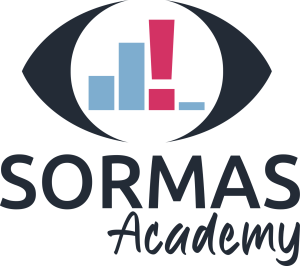
Let's delve into the day of Dr. Nia, a senior official at the Ministry of Health, whose role is pivotal in strategizing national health responses and policy-making. Dr. Nia relies on SORMAS for comprehensive surveillance data to inform her decisions.
**7:00 AM - Dashboard Review:**
Dr. Nia's day starts early with a glance at the national SORMAS dashboard from her home office. She reviews real-time data on new cases, outbreaks, and vaccination rates across the country. The dashboard gives her a clear visual of the current epidemiological situation, allowing her to identify any regions requiring immediate attention.
**8:30 AM - Inter-Ministerial Conference Call:**
She joins a call with other ministry officials. Using aggregated data from SORMAS, Dr. Nia discusses trends in disease spread and highlights areas with rising case numbers. They strategize on allocating resources, like mobile testing units and additional medical staff, to areas identified by SORMAS as high-risk.
**10:00 AM - Policy Development:**
Dr. Nia uses SORMAS's detailed reports to draft a policy memo. She pulls up charts on disease incidence by demographics and geographic spread to propose targeted interventions. The robust data from SORMAS supports her recommendations for school vaccination programs and community health education campaigns.
**12:00 PM - Lunch Briefing with Data Team:**
During a working lunch, Dr. Nia meets with the data analysis team to interpret the latest SORMAS data streams. They discuss the efficacy of current interventions and the need for new strategies in certain districts, all backed by the system's analytics.
**2:00 PM - Field Visit Preparation:**
Dr. Nia prepares for a field visit to a district with a recent outbreak. She pulls the latest SORMAS reports for that area, reviewing case management and contact tracing statuses. This will help her assess the situation on the ground and provide support to local health teams.
**3:30 PM - Budget Review Meeting:**
Armed with SORMAS data, Dr. Nia attends a budget meeting. She advocates for increased funding for disease surveillance and highlights the cost-effectiveness of SORMAS in preventing widespread outbreaks. The system's data is crucial in justifying the allocation of funds to critical areas.
**5:00 PM - Press Conference:**
Dr. Nia uses graphs and trends from SORMAS to inform the public about the current health situation. She answers questions with confidence, knowing that her responses are supported by the most up-to-date and comprehensive data available.
**6:30 PM - Evening Review and Planning:**
Back at her office, Dr. Nia reviews notes from the day and sets goals for the week. SORMAS’s projections and pattern analyses guide her priorities for the coming days. She schedules follow-up meetings to ensure that the Ministry's actions remain aligned with the latest health data trends.
In her senior role, Dr. Nia depends on SORMAS to provide a holistic view of the nation's health status. The system allows for efficient monitoring, rapid response to emerging threats, and informed policymaking, ensuring the well-being of the population is safeguarded by data-driven decisions.
